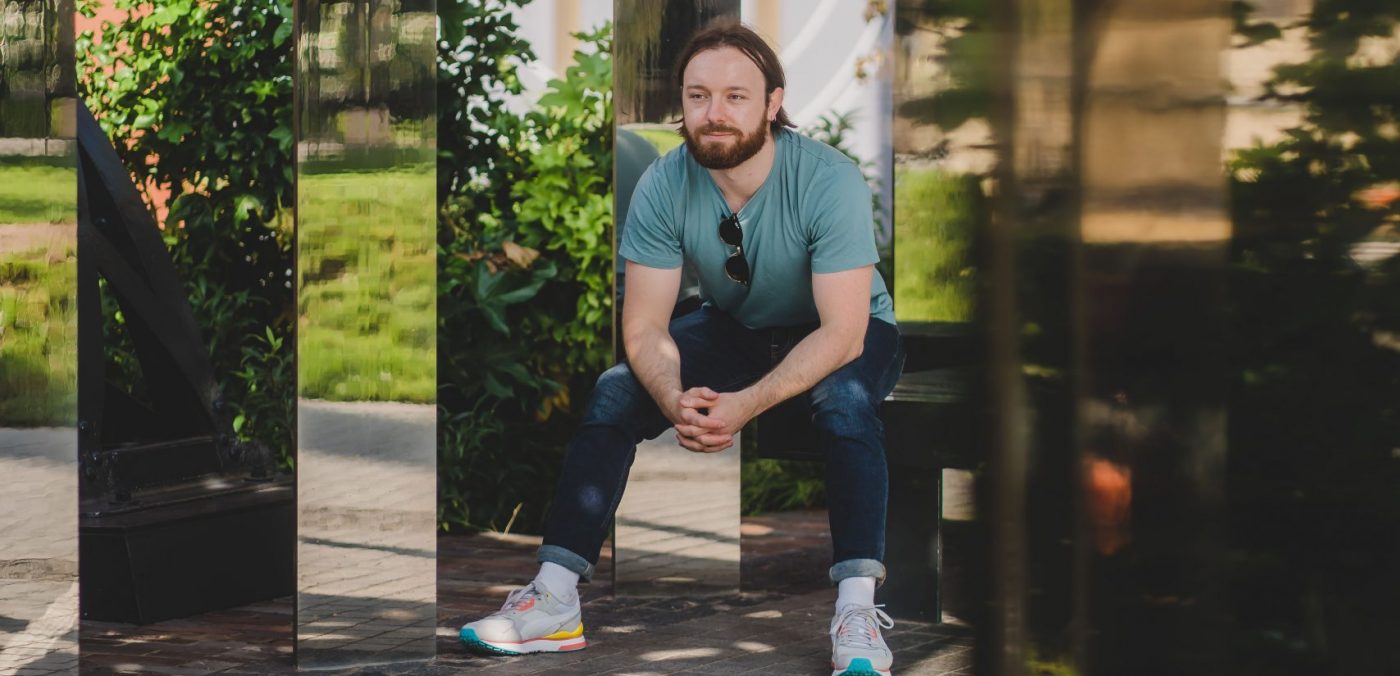Making the most of clinical placements at Medical School
Medical school in the UK can be thought of as having two halves: Preclinical and Clinical.
Clinical years are predominantly spent in hospital or community healthcare settings in clinical placements. Preclinical years, in contrast, are dominated by lectures, seminars, tutorials and book-based learning. Traditional curriculums (think Oxford, Cambridge, Imperial) tend to be a clean split between the two. This ends up with a lot of information and rote learning front loaded in the degree. Lot of clinical skills, experience and learning are packed into the final two years. More modern courses now aim to spread both types of learning throughout the 5 years of medicine. At King’s, we have some patient exposure from the first year. As we progress through the 5 years of medical school we have an increasing amount of clinical- based teaching. In 4th and 5th year we spend all of our time in hospital, GP practice or community psych.
This method of teaching suits me much better. Much more than being expected to learn everything in lectures. Having contact with patients, doctors and other healthcare workers provides clinical context to our learning. I find it much much easier to learn and understand a topic if I can apply it to an experience. Seeing real patients with these conditions provides fantastic opportunity.
Let’s go through the best Dos and Don’ts of Clinical Placements:
Clinical Placements DOs
- Turn up on time (which means early). The start times given to you each day by the medical school will have been thought out. A 9.00 am start may be at that time because that is the time the clinic starts, or that is when the patients arrive. If you arrive late to these placements, you will not only miss out on learning experiences but also you will really piss off the staff. Teaching is an important role in working in the NHS and other healthcare services. The vast majority of doctors, nurses, midwives and other allied healthcare professionals are really happy to teach medical students.
- Arrive each day with a goal or set of goals. The doctors on the ward will have no idea where you are in your learning, what your interests are or what you need to achieve in regards to sign offs. They are keen to teach you and find interesting learning experiences to you. If you have a clear goal, such as taking a history from a gynaecological patient, observing a surgical list, getting a healthcare staff to sign off your clinical skills then this can steer your day’s learning.
- Be prepared to engage. It can be very irritating for a doctor to prepare teaching, facilitate learning and find clinical experiences for a medical student, only to find out that the student hasn’t engaged. Try to read up on specific history skills, clinical examinations and common presenting complaints before you attend teaching. You will take so much more from the experience if you are prepared to engage with teaching.
- Ask and answer questions with the healthcare staff. Don’t know something? Ask! This is a fantastic time to learn from current doctors and healthcare professionals. When you are asked a question, try your best to answer. These questions won’t be to embarrass you or belittle you. They are to help you learn!
Clinical Placements DON’Ts
- Don’t dismiss the allied healthcare professionals that make up the majority of the multidisciplinary team. Loads of the best learning experiences I’ve had hasn’t come from shadowing doctors. It’s from nurses, midwives, pharmacists and physiotherapists.
- Don’t expect the ward staff to find things for you to do. You need to be there and you need to ask to be included to be involved in something happening in the hospital.
- Don’t be passive in your learning. When you come across a new piece of information, learn something new or practice a skill, keep a log of this. This way, each week you can go over what you have learnt, which really improves memory.
- Don’t just give up on learning! There will always be bad days in placements. Maybe the ward you’re on has no patients that consent to you being there? The doctors you are with just don’t have the time to teach you? Maybe coronavirus and a lack of PPE means you can’t enter a clinical area safely. What ever the reason, part of being on clinical placements is an assumption that you are now taking your learning into your own hands. There is always something you could be learning.
What to do when you have nothing to do:
- Clerking patients and reporting back to the doctors – this includes taking histories and basic clinical observations, then forming a management plan. This can be fed back to the patient’s doctors and you can speak through the clinical decision making process. OR, if they are too busy, you can compare this to the patient’s notes and see how your assessment measures up to the doctors’.
- Watching lectures – there are often doctors’ offices or libraries on site that you can use on a quite afternoon to catch up on missed or forgotten lectures.
- Life admin – honestly as a medical student life is pretty hectic. You can use the downtime between clinics to catch up on emails, plan your week and know where you are with your learning.
What are your best tips for getting the most out of your clinical learning experiences?
Remember to get in touch on social media and through the contact page!

-
-
3 years
-
Tagged Medical School, Medical student